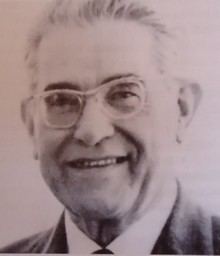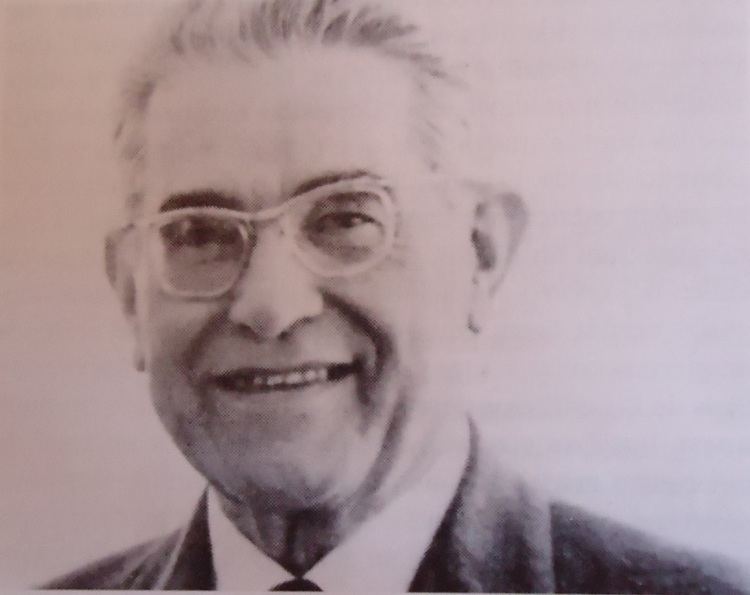Died 1966 Nationality Spanish | Occupation Architect Name Vicente y | |
 | ||
Born 23 September 1888 Castellon de la Plana Known for Buildings designed for the Ibero-American Exposition of 1929 | ||
Vicente Traver y Tomás (23 September 1888 – 1966) was a Spanish architect. His most notable works were constructed in Seville between 1915 and 1933.
Contents
Career

Vicente Traver y Tomás was born in Castellón de la Plana on 23 September 1888. His secondary education was at the Santa Clara Institute in his home town. He studied as an architect in Madrid, qualifying in 1912. After completing his studies he practiced as an architect in Seville, where he remained until 1933. In 1913–15 he designed low-income housing for the city in the Real Patronato de Casas Baratas. In 1926 Traver replaced Aníbal González as chief architect and designer for the Ibero-American Exposition of 1929. After the Second Spanish Republic was declared, in 1933 he moved back to Castellón. In April 1939, at the end of civil war, he was appointed mayor of the city and remained in office until 1942. That year he became architect of the Diocese of Alicante.
Works

Vicente Traver created his most important works in the city of Seville:
At the Ibero-American Exposition of 1929 Traver was responsible for the exhibition's Casino and the Teatro Lope de Vega. He also helped design the Plaza de España. Other works included the old warehouses of the Spanish Credit Bank, today converted into a hotel at Avenida Manuel Siurot (1927-1929), the Seminary of Valencia and the Diocesan Seminary of the Assumption of Tortosa, opened in 1951, and the neo-Romanesque chapel of San Liborio (Fuente En-Segures, Benasal).
